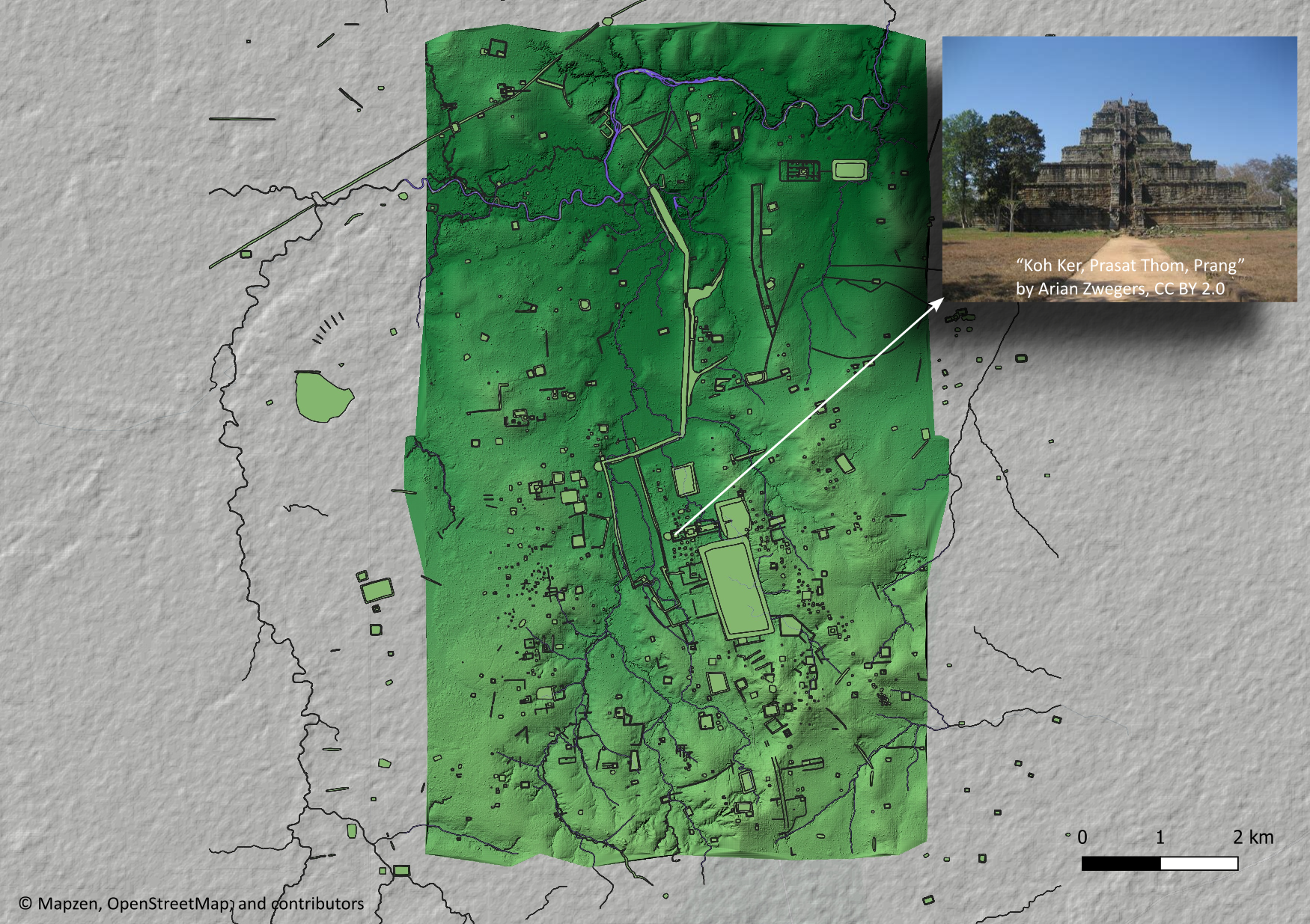
PURA: Koh Ker
Past Urban Resilience and Adaptation at Cambodia’s enigmatic 10th century royal city
pura (Sanskrit: पुर, Khmer: ពុរ) — “ancient city”.
Honoring Cambodia’s heritage and living culture.
The Ancient Angkorian Capital
Koh Ker, once a powerful royal center during the Angkorian period, remains one of Cambodia’s most intriguing and understudied ancient cities. In the 10th century CE, Jayavarman IV briefly moved the Angkorian court to Koh Ker, where he initiated an ambitious program of monumental construction and hydraulic engineering before the court returned to Angkor after just 16 years. Despite its historic importance, the long-term development and later occupation of Koh Ker have remained poorly understood.
The PURA Project
The Past Urban Resilience and Adaptation (PURA) project is a collaborative initiative led by the Max Planck Institute of Geoanthropology in partnership with the National Authority of Preah Vihear. Our goal is to uncover the deep urban and environmental history of Koh Ker using advanced archaeological field methods and cutting-edge data science.
Combining innovative terrestrial sediment coring, magnetic susceptibility profiling, and high-resolution environmental analyses, we aim to reconstruct the city’s growth, persistence, and eventual decline at an unprecedented spatial and temporal resolution.
Our pilot work in July 2024 demonstrated that terrestrial coring — complemented by magnetic susceptibility data — has the potential to reveal buried cultural layers even in the absence of visible artifacts and over a much wider area than could be accomplished with traditional excavation. Paired radiocarbon dating of charcoal and bulk sediments, alongside isotopic, palaeobotanical, and geochemical proxies, is helping us build a process-based model of carbon dynamics in tropical soils that could dramatically improve sediment dating and make our coring approach even more robust.
This approach will not only refine our understanding of Koh Ker’s chronology but also opens new possibilities for reconstructing ancient land use, fire regimes, agricultural practices, and ancient urban trajectories across Southeast Asia.
We thank our partners at NAPV for their vital support and look forward to sharing future discoveries as this work progresses.
Acknowledgements
This research is conducted in close collaboration with the National Authority of Preah Vihear (NAPV) and is generously supported by the Max Planck Society. We gratefully acknowledge their contributions and ongoing partnership.

